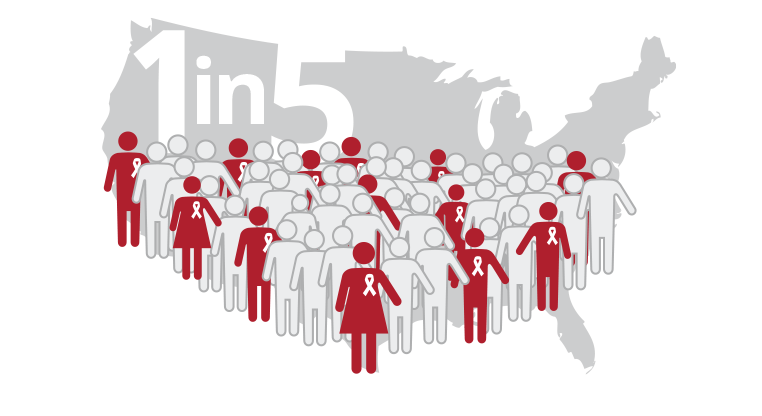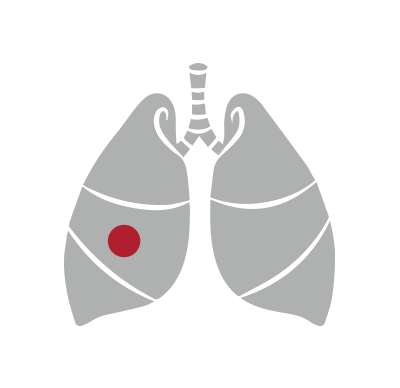Download and print the infographic [PDF – 1 MB]

Cancer and Blood Clots
If you have cancer and are undergoing cancer treatment, you can protect your health by learning about your risk for life-threatening blood clots.
Get the facts.
Blood clots affect 900,000 people in the United States each year.
1 in 5 blood clots are related to cancer and its treatment.

Among people with cancer, survival rates are lower for people who also have blood clots.
The risk of a dangerous blood clot is greatest in the first few months after a cancer diagnosis, the time when treatment generally occurs.
Understanding blood clots.
A blood clot in one of the large veins, usually in a person’s leg or arm, is called a deep vein thrombosis, or DVT. When a DVT forms, it can partially or completely block the flow of blood through the vein.

If a DVT is not treated, it can break off and travel to the lungs.

A blood clot in the lungs is called a pulmonary embolism, or PE. This requires immediate medical attention because a PE can be deadly.
Recognize the signs and symptoms of blood clots.
Contact your cancer doctor if you experience any of these signs or symptoms of a blood clot.
Signs and symptoms of a blood clot in a person’s leg or arm may include
Swelling
Pain or tenderness not caused by injury
Skin that is warm to the touch
Redness or discoloration of the skin
Seek immediate medical attention if you experience any of these signs or symptoms of a blood clot.
Signs and symptoms of a blood clot in a person’s lung may include
Difficulty breathing
Chest pain that worsens with a deep breath or cough
Coughing up blood
Faster than normal or irregular heartbeat
Know the risk factors for blood clots.
Type and stage of cancer
- Some cancers pose a greater risk for blood clots, including cancers involving the pancreas, stomach, brain, lungs, uterus, ovaries, and kidneys, as well as blood cancers, such as lymphoma and myeloma.
- The higher your cancer stage, the greater your risk for a blood clot.
Type of cancer treatment
-
Treatments involving hospitalization, surgery, chemotherapy, hormonal therapy, and catheters (small tubes placed in veins to administer various treatments) can increase your blood clot risk.
Other risk factors
- Previous blood clot
- Family history of blood clots or inherited clotting disorder
- Hospitalization for illness or major surgery, particularly of the pelvis, abdomen, hip, or knee
- Broken bone or severe muscle injury
- Severe physical trauma, such as a motor vehicle accident
- Serious medical conditions, such as heart and lung diseases, or diabetes
- Sitting too long, such as traveling for more than 4 hours, especially with legs crossed
- Other causes of immobility, such as extended bedrest
- Overweight and obesity
- Smoking
Make a plan to protect your health.
Know the signs, symptoms, and risk factors for blood clots. Discuss these risks with your cancer doctor.
When you are at home recovering from surgery, or when receiving cancer treatment, contact your cancer doctor or the emergency department right away if you suspect a blood clot. If you think you may have a blood clot in your lung, seek immediate medical attention.
Work with your healthcare team to make a prevention plan.
To learn more about blood clots and to spread the word, visit
stoptheclot.org/spreadtheword.
stoptheclot.org/spreadtheword.
